IT'S ALL ABOUT BALANCE!

ANXIETY
- TremblingChurning stomach
- Nausea
- Diarrhea
- Headache
- Backache
- Heart palpitations
- Numbness or “pins and needles” in arms, hands or legs
- Sweating/flushing
- Restlessness
- Easily tired
- Trouble concentrating
- Irritability
- Muscle tension
- Frequent urination
- Trouble falling or staying asleep
- Being easily startled

WHAT IS THE AUTONOMIC SYSTEM?
There are two parts to the ANS, and again , it's all about balance. There is the parasympathetic nervous system (PNS), which is in charge of growth, healing, and maintenance. It encompasses most of the automatic things that our body does without us having to think about it.
Then there is the sympathetic nervous system (SNS). It's designed to be used much less frequently, yet it plays a huge role in health and sickness. The SNS is what we call the "fight or flight" system. It is the fire alarm. It is intended to save our lives at any given moment. Very much like when you're out on the highway in a car. You use the gas most of the time but the brakes may save your life every time you drive.
When we go into fight or flight, many things happen. Blood flow completely changes, it's no longer going to the stomach to digest food. It's no longer going to the frontal lobes of the brain for creative thought. It's no longer going to the kidneys and liver. The loin's share of the blood is now going to the muscles because our body thinks that it is going to have to fight harder or run faster than whatever is threatening your life. Your body stops doing all the automatic things that maintain your body because surviving this immediate threat is more important. If you don't survive this immediate threat, nothing else matter.
Although they are designed to save your life, these changes, sustained over time by continual stress, can cause damage to organs, especially and directly affecting the immune system.
In the cave man days a real threat was being chased, caught and eaten by a Sabertooth tiger (as an example). But this threat did not happen often. In our modern world we have more perceived threat such as being late for work, being called into the bosses office, getting fired, not being able to pay our bills, the list if long. On the surface these threat do not seem as severe as being eaten by a Sabertooth tiger, but to our body it feels the same. The biggest difference is our modern day threats are continue and the result is that we get "STUCK" in Fight or Flight.
Our body is prepared for battle and the priority is to win or in the case of the Sabertooth tiger the priority is to live. The down side is our body shuts down. Nothing in, nothing out. Everything stops except what is necessary to survive. The results in an environment inside of the cell that is toxic and doesn't allow for growth and repair. In fact Dr. Bruce Lipton says that this is exactly how we get genetic illness and disease. On the flip side, the same research found that cells that were open and in growth and healing mode are literally impervious to illness and disease. That's huge!!
As you can see, fight or flight is a necessary response to save our lives in emergencies, but should not be maintained for long periods of time. The problem is that the average person is staying in fight or flight for long periods of time. When this happens, there is one inevitable result. Eventually something breaks and shows up as a symptom. When we get a number of symptons, we call this a disease.
A disease is simply where the weak link in the chain broke under the pressure called stress.
Get in Touch
Sign up to our newsletter
We will get back to you as soon as possible
Please try again later
